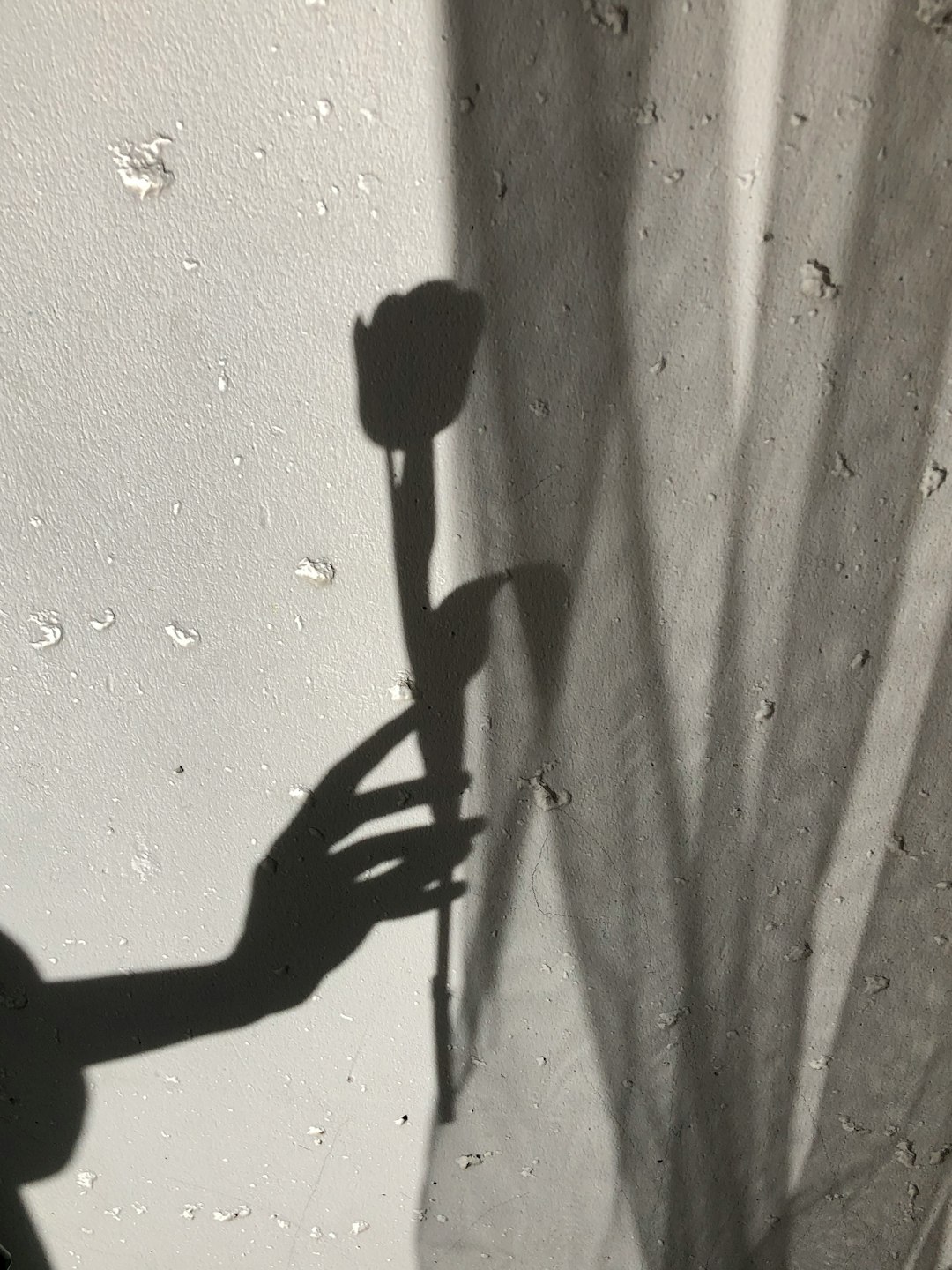Shadows, Shields, and Silent Wars: Exploring the Guardians, Prisons, and High-Tech Frontiers of the Middle East
Guardians of Power: The Iranian Revolutionary Guards
Few organizations in the world evoke as much intrigue and controversy as Iran’s Islamic Revolutionary Guard Corps (IRGC). Established after the 1979 Iranian Revolution, the IRGC was intended to safeguard the new Islamic system and preserve its revolutionary ideals. Over the decades, this elite military force has grown beyond its original remit, becoming a powerful actor not only in Iran's security architecture but also in its political and economic life. The IRGC now operates its own businesses, wields influence over Iranian media, and has even shaped foreign policy through its elite Quds Force, which is tasked with overseas operations.
What sets the IRGC apart is its semi-official status: it exists alongside, but distinct from, Iran’s traditional army. Its loyalty is first to Iran’s Supreme Leader rather than to the state as a whole. In the eyes of some Iranians, the IRGC are defenders of the nation’s sovereignty and Islamic tradition; to others, they are symbols of repression and control. Globally, the group is often in the headlines for its alleged ties to regional militancy—fueling a perception that IRGC’s shadow stretches far beyond Iran’s borders.
Walls that Tell Stories: Prisons in Tehran
Tehran’s prisons are more than places of incarceration; they are institutions that reflect the political and social evolution of Iran. Perhaps the most infamous is Evin Prison, tucked into the hills of northern Tehran. Since the days of the Shah, Evin has housed political prisoners, intellectuals, journalists, and dissidents. Its very name has become shorthand for discussions about freedom, justice, and human rights in modern Iran.
Prisons, as institutions, are a mirror of the societies that construct them. In Iran, the existence and conditions of places like Evin have become focal points in broader debates about rights, due process, and reform—inspiring literature, films, advocacy, and international scrutiny. The stories from these cells, whether critiqued or celebrated, never fail to offer insight into the nation’s collective conscience.
Conflict and the Future: Technologies Changing the Game
Modern conflict in the Middle East is increasingly shaped by cutting-edge technologies. Israel and Iran, often at geopolitical odds, are both global leaders in cyber warfare, surveillance, and drone technology. Israel has developed an array of air defense systems—most famously the Iron Dome—which intercepts rockets and drones in real time, blending radar, artificial intelligence, and precision engineering. Iran, meanwhile, has invested in drones (unmanned aerial vehicles or UAVs), cyber capabilities, and sophisticated missile technology.
What is perhaps most surprising is how much of this technological race plays out in secrecy—through cyberattacks, misinformation campaigns, and covert operations, where much is obscured from public view. This trend reflects a broader global phenomenon: the shift from conventional warfare to “hybrid” forms of conflict, where lines between military and civilian targets, open and clandestine operations, are increasingly blurred.
Broader Reflections: Old Rivalries, New Frontiers
At their core, the forces, prisons, and technologies mentioned above reveal the complexity of power, resistance, and innovation in the Middle East. Histories of ancient civilizations, religious transformation, colonial encounters, and revolution have shaped how countries like Iran and Israel perceive themselves—and each other. Today’s headlines are but ripples in a much larger current: debates about sovereignty, security, technology, and human rights that resonate globally.
Whether reflecting the determination of states to protect their interests, the resilience of those who challenge authority, or the relentless march of technology into every dimension of conflict, the stories behind these places and organizations are as extraordinary as any news flash. They are a testament to the ambition, creativity, and courage—not to mention the peril and complexity—that define life at the crossroads of the ancient and the ultramodern.
This article was inspired by the headline: 'Israel targets Iran Guards, Tehran prison in fresh wave of strikes.'
